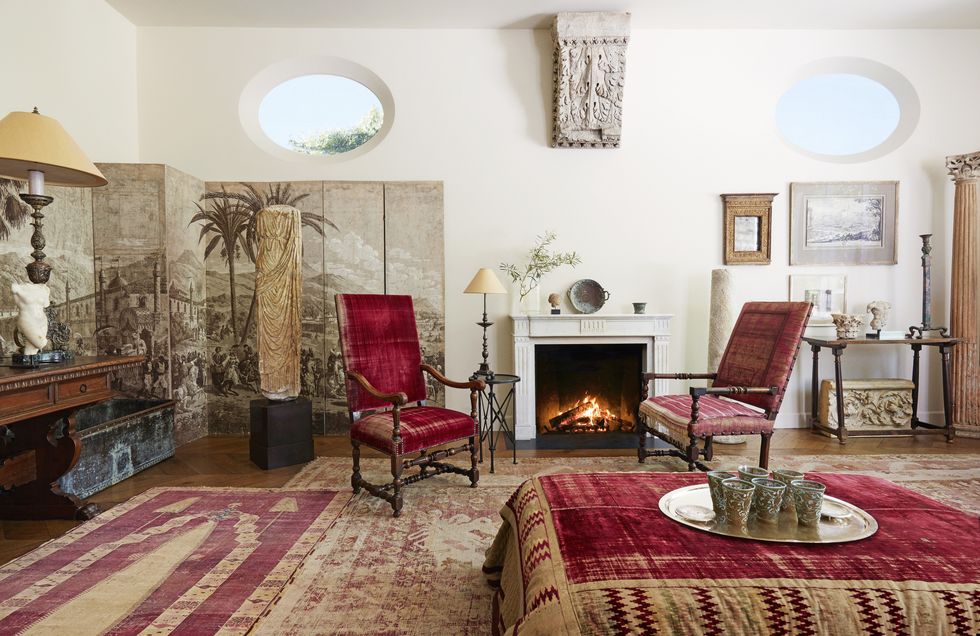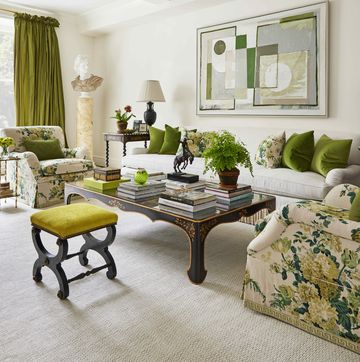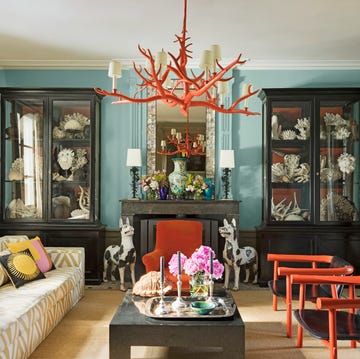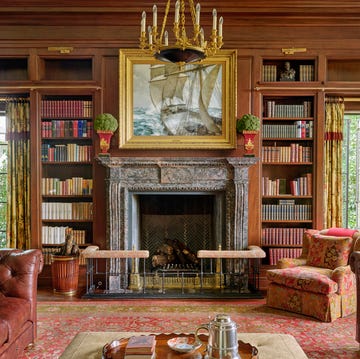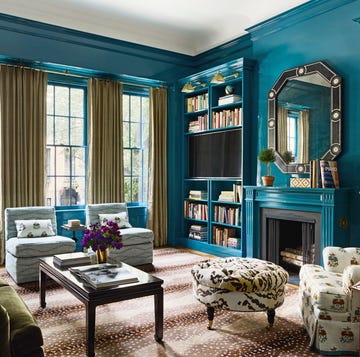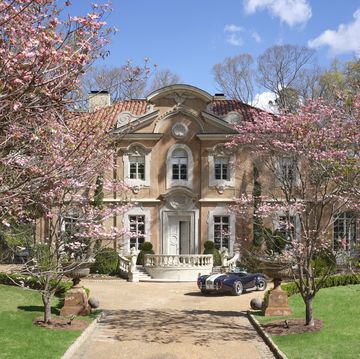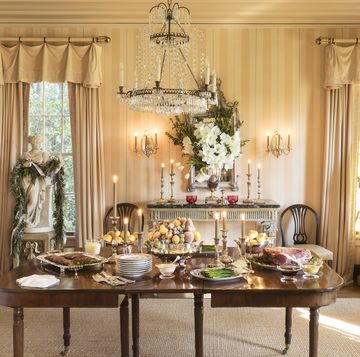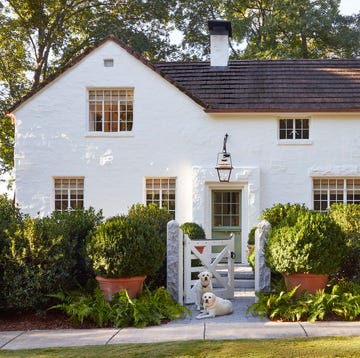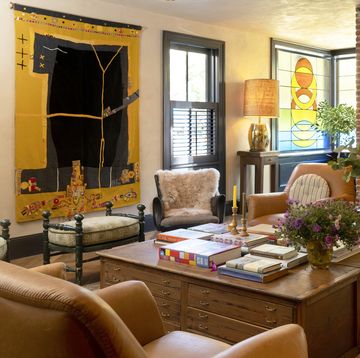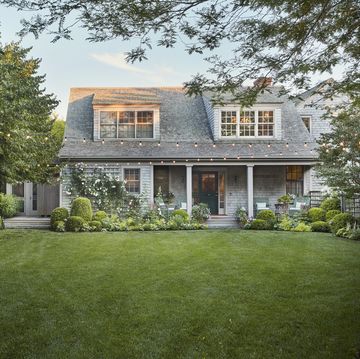If John Saladino’s previous Montecito, California, residence—the acclaimed and sprawling Villa di Lemma (dilemma, get it?)—was his blaze of glory, then his current home is an exquisite, essential flame. Nestled in the picturesque hills of Santa Barbara County above the Pacific coast, this is “a big-little house,” the legendary designer says.
Well, not quite that little, but at 3,800 square feet, the home is about a third of the size of his previous residence. The 11-foot ceilings give the rooms scale and heft. But there is no denying that such a dramatic downsizing required a serious edit. “I brought only my most treasured things,” Saladino says. “You come to a point in life where you begin to give things away, and I had already started. It wasn't difficult.”
His home is laid out on a single level. The absence of stairs and a preponderance of wood floors make it conveniently navigable. A wide corridor forms a gallery traversing, at one end, the public spaces of drawing room, dining room, and kitchen, and at the other, the main bedroom, library, and second bedroom. A separate guest wing is attached by a breezeway.
More From Veranda

Asked if he was familiar with the popular clutter-clearing manual The Life-Changing Magic of Tidying Up by Marie Kondo, whose credo is to “keep only that which sparks joy,” the designer chuckles.“I’m already neurotically clean,” he remarks. Indeed, Saladino’s chosen treasures are emblematic of his seminal style, and yes, fair to say, each one ignites joy.
At the top of his treasure list is an enviable collection of ancient architectural fragments, whose authenticity he had confirmed a few years ago by an official at the National Archaeological Museum of Florence. “That made me feel really good,” he says, though he later worried he’d made a tactical mistake, given Italy’s recent enthusiasm for repatriation of its native artifacts. Cheekily, the designer asked the museum official whether Italy planned to recall its exported antiquities. After a heavily pregnant pause, the official laughed and responded, “Not yet.”
For now, Saladino’s drawing room is filled with classical columns juxtaposed with unusual antiques, like a pair of Italian Baroque armchairs in crushed red velvet. In the gallery hall, atop a carved 17th-century Genoese chest, sits an early iteration of his famous Saladino lamp, with its glass cylinder base and exposed wiring.
Elsewhere, the centuries-old technique of lacing drapery panels to rods, as if hanging a tapestry, looks refreshingly contemporary. A modern chandelier hovers above an unapologetically traditional paneled library. In that space, the silvery gray-green hue of Saladino chair echoes the olive and agave foliage outside. Here, too, French doors perfectly frame a view of the formal garden, treating it like a giant work of art.
Such contrasts and connections are the hallmarks of the iconic Saladino style, which encompasses architecture, decorating, gardens, and furniture design, and which has influenced interiors across the globe for more than half a century.
The designer, who studied art and architecture in college, likens a room to a still-life painting: Every element connects and is carefully placed to lead the eye throughout the space. “What you leave out,” Saladino says, “is often more important than what you put in. For me, the dialogue exists in the spaces in between.”
This article originally appeared in the March/April 2017 issue of VERANDA. Interior and landscape design by John Saladino; photography by Thomas Loof; produced by Carolyn Englefield; written by Frances Schultz.

